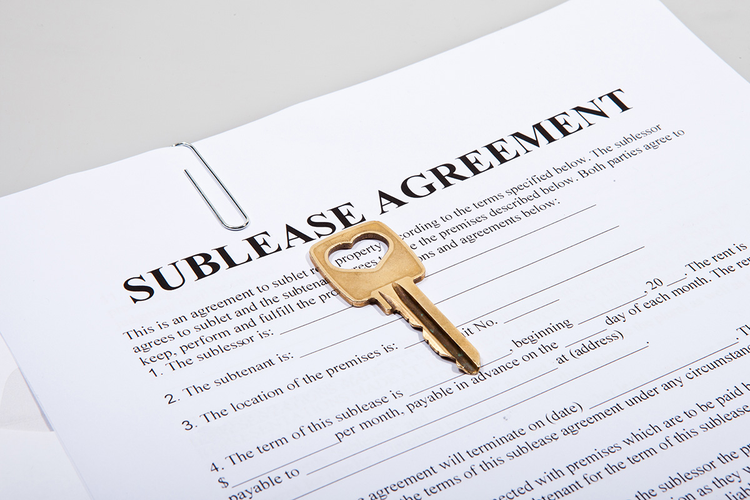As a landlord, navigating a rental sublease agreement can be a crucial aspect of managing your property effectively. These agreements not only help maintain your cash flow but also protect your interests. However, it’s important to understand the nuances involved, such as legal obligations and the screening process for subtenants. What should you prioritize to ensure a smooth subleasing experience? Let’s explore the key elements that can make or break your subleasing strategy.
Understanding Sublease Agreements
When you’re considering a sublease agreement, it’s crucial to understand the roles and responsibilities involved.
The sublease agreement serves as a legal document, outlining the rights of both the sublandlord and subtenant. You’ll need to ensure that the original lease terms allow subleasing and obtain consent from your landlord.
Using a free sublease agreement or a sublease agreement template can help clarify the details, including rent payment responsibilities and utility arrangements. Remember, as the original tenant, you remain liable for the lease, even if a subtenant occupies your space.
Clearly defining these aspects can prevent misunderstandings and conflicts later on, making the process smoother for everyone involved.
Benefits of Allowing Subleasing
Allowing subleasing can be a smart move for landlords, as it helps maintain occupancy rates and reduces turnover costs. When you permit tenants to sublease, you keep your property rented even when original tenants need to vacate temporarily.
This flexibility can lead to consistent cash flow and fewer vacancies. Plus, by using a sublease agreement template word, you can streamline the process and ensure all legalities are covered.
It also provides your tenants with options which can enhance their satisfaction and encourage lease renewals. Ultimately, subleasing creates a win-win situation, allowing you to fill vacancies quickly while offering tenants a practical solution for their changing circumstances.
Key Considerations for Landlords
Permitting subleasing can bring advantages, but it also requires careful consideration from landlords.
First, you’ll need to check your lease agreement and local laws to ensure subleasing is allowed. Always seek the original tenant’s proposal for a subtenant and maintain the right to approve or deny them based on your screening criteria.
Remember, the original tenant remains responsible for the lease, so you’ll want to communicate clearly about expectations and responsibilities.
It’s crucial to have a well-drafted sublease agreement that outlines terms, payment responsibilities, and any conditions specific to your property. This clarity helps prevent disputes down the road and ensures a smoother process for everyone involved.
Protect your interests while providing flexibility to your tenants.
Screening Subtenants Effectively
Although screening subtenants can seem daunting, it’s a crucial step in ensuring your property remains in good hands. Start by setting clear criteria for potential subtenants, such as income level, rental history, and references. This helps you identify responsible candidates.
Conduct thorough background checks to assess creditworthiness and any past evictions. Don’t hesitate to ask for personal references and follow up with them. Meet the potential subtenant in person to gauge their reliability and compatibility with the property.
Make sure you communicate your expectations regarding rent payments and property upkeep.
Legal Obligations and Responsibilities
When entering into a sublease agreement, you must understand the legal obligations and responsibilities that come with it.
As the sublandlord, you remain responsible for the original lease, meaning you must ensure rent is paid and the property is maintained. It’s crucial to communicate any house rules to your subtenant and make sure they understand their obligations, such as paying utilities or adhering to lease terms.
Additionally, you should seek your landlord’s consent before subleasing, as failure to do so could lead to eviction.
Lastly, familiarize yourself with local laws regarding subleasing, as they can impact your rights and responsibilities. Clear terms in your sublease agreement can help prevent conflicts down the line.
Conclusion
In conclusion, sublease rental agreements offer you a valuable opportunity to maintain cash flow while keeping your property occupied. By understanding the benefits and key considerations, you can navigate this process smoothly. Remember to screen your subtenants carefully and stay informed about your legal obligations. With clear communication and a solid agreement, you can protect your interests and ensure a positive experience for everyone involved. Embrace the flexibility that subleasing can bring to your rental strategy!



